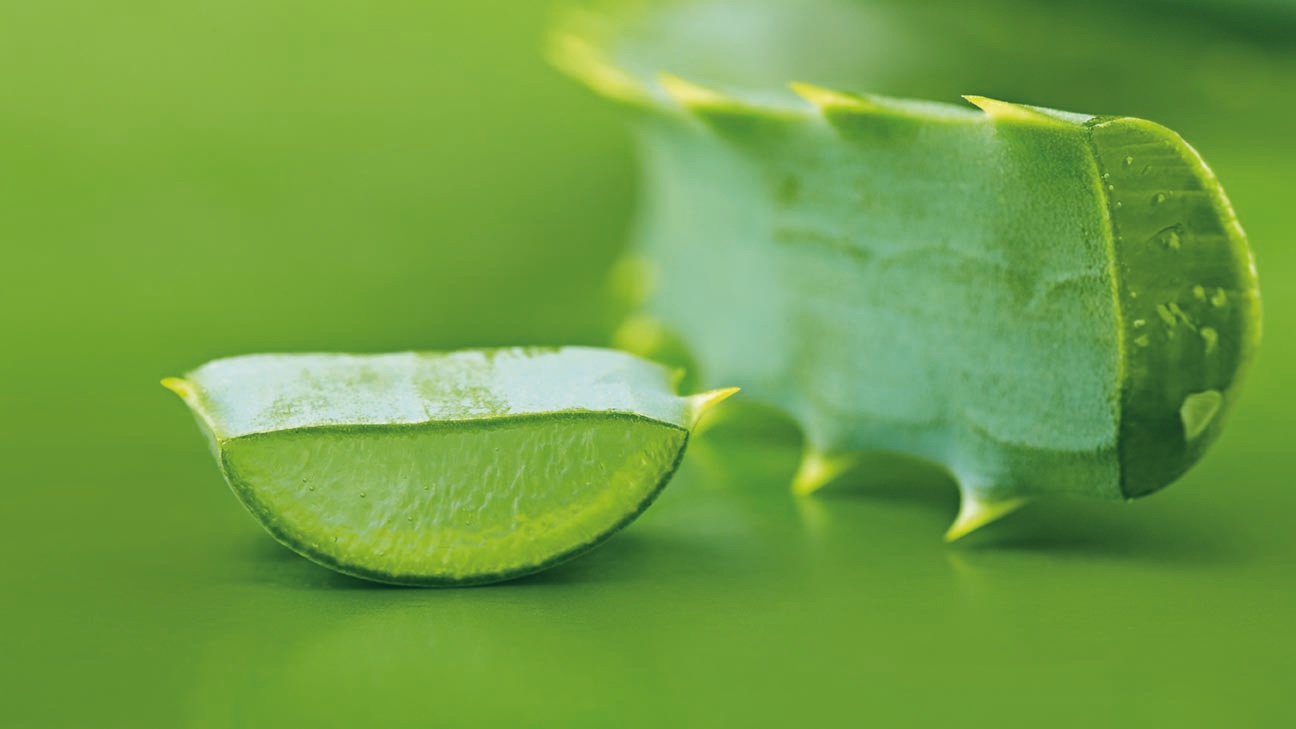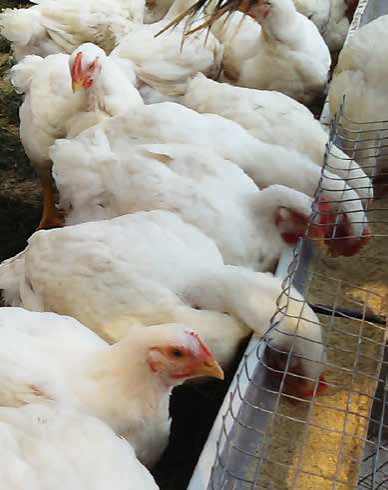Understanding of R.E.A.C.H regulation.

R.E.A.C.H is a regulation of the European Union, adopted to improve the protection of human health and the environment from the risks that can be posed by chemicals while enhancing the competitiveness of the EU chemicals industry.
The R.E.A.C.H Regulation is the result of an in-depth review of the EU’s chemical policy. The European Parliament approved the REACH Regulation on December 13, 2006, and the Council of Ministers formally adopted it on December 18, 2006.
R.E.A.C.H applies to all chemicals, not only in industrial processes but also in everyday life, such as cleaning products, paints, and items such as clothing, furniture, and electrical appliances. This regulation affects the majority of companies in the EU.
R.E.A.C.H establishes the obligation to carry out a registration for all those who introduce chemical substances on the Community market from 1 tonne per year, whether they are manufacturers or importers of substances, as such or in the form of preparations.
How does R.E.A.C.H work?
R.E.A.C.H establishes procedures for collecting and evaluating the information on the properties and hazards of substances. Companies have to register their substances and to do it, they must collaborate with other companies that are registering the same substance.
Under labor law, the company must carry out a risk assessment and ensure that workers are protected and provided with information, guidance, and training on the safe use of chemicals in the workplace, based on information derived from labels and safety data sheets.
Most R.E.A.C.H requirements apply directly to manufacturers and importers, who must register substances (either pure or those classified as compounds) when providing data on chemicals’ properties. They are also required under R.E.A.C.H to develop chemical safety assessments and implement risk management measures. R.E.A.C.H requires manufacturers and importers to notify European regulatory authorities of the use of hazardous substances. Subsequently, R.E.A.C.H authorizes these substances.
All AMB Wellness aloe vera raw materials have been produced from the plant aloe vera (l.) Burm. F. And are 100% of botanical origin and are covered by the human food regulations (intended for consumption by humans or animals, such drinks products, food and food additives) therefore, are exempt from applicable titles of reach regulation (registration, evaluation, authorization and restriction of chemicals).
Latest News

Aloe vera in chicken and broiler nutrition for enhanced meat production
In the poultry industry, birds are maintained in confinement systems and large flocks to achieve higher economic returns. In such a situation, birds are exposed to stress and inducing factors such as high population, vaccination, and temperature changes. The intestinal microflora is influenced, and sometimes imbalanced, by these factors, leading to deteriorated health conditions for chickens. Therefore, the imbalance in intestinal microflora may result in a weakened immune system and failure of growth performance in chickens.

Aloe Vera Camel Grooming and Care
Biological activities in the Aloe Vera leaf gel have been claimed that the polysaccharides have therapeutic properties such as immune -stimulation, anti-inflammatory effects, wound healing, promotion of radiation damage repair, antibacterial, anti-viral, anti-fungal, gastro-health and anti-neoplastic activities, stimulation of hematopoiesis and antioxidant effects.

Aloe Pet Care
The development of enhanced pet food products is creating greater segmentation with factors such as age, breed, and health maintenance. Consumers are treating pets as members of their families, and pet “humanization” has evolved to the point where preferences for natural health products and nutritional ingredients are growing.

